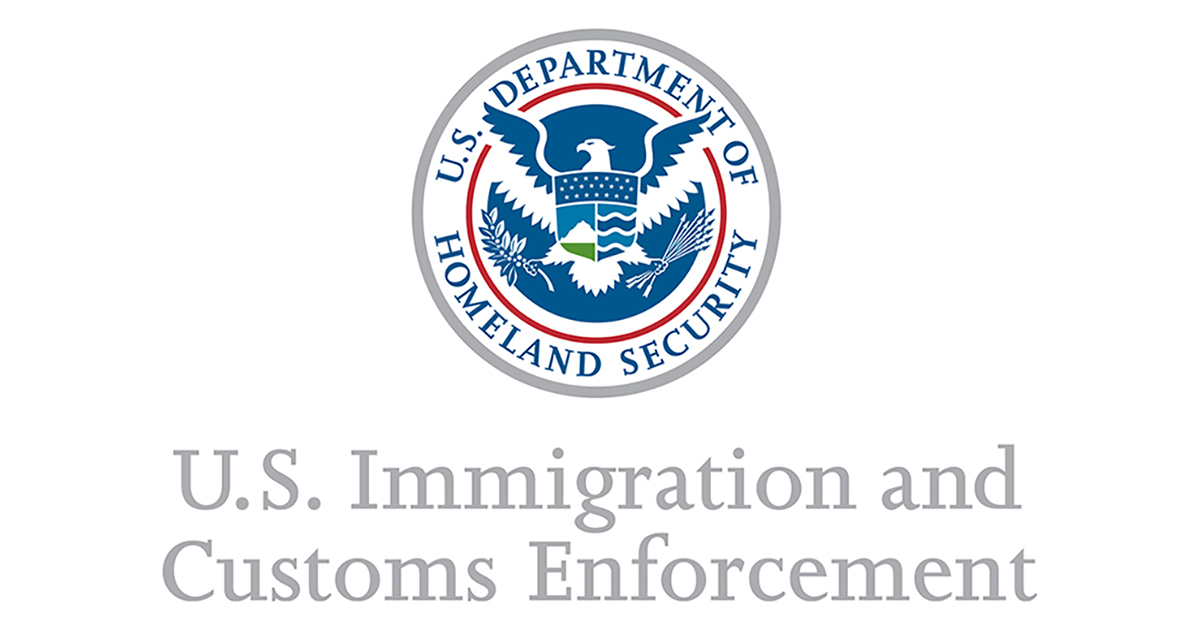HSI New Orleans launches multistate Organized Retail Crime Alliance
HSI New Orleans launches multistate Organized Retail Crime Alliance U.S. Immigration and Customs Enforcement Newsroom


New Multistate Collaboration to Combat Organized Theft Groups

Homeland Security Investigations (HSI) New Orleans has announced a new multistate collaboration on July 19 to combat organized theft groups. The collaboration aims to target domestic and transnational criminal organizations that profit from organized retail crime. The newly formed Organized Retail Crime Alliance brings together federal, state, and local law enforcement officials, as well as prosecutors and financial and retail industry partners from Louisiana, Mississippi, Arkansas, and Alabama.
Multifaceted Approach to Disrupting Organized Theft Groups
The alliance takes a multifaceted approach to disrupting and dismantling organized theft groups. This includes forming partnerships, conducting investigations, and raising consumer awareness. Organized theft groups are sophisticated criminal organizations that illegally obtain goods for economic gain. They engage in activities such as cargo theft, organized retail crime, and other theft- and fraud-related criminal activities.
HSI New Orleans Special Agent in Charge Eric DeLaune emphasizes the impact of organized retail crime on the economy and local communities. He states, “Organized retail crime is not simply shoplifting, and it isn’t a victimless crime; it costs U.S. businesses billions of dollars every year and often local communities and businesses bear the costs of rising retail prices. Organized theft groups have become emboldened, stealing in broad daylight and resorting to violence, which has had a detrimental impact on the economy, leading to higher prices and lost jobs and creating an unsafe environment for shoppers and employees. HSI is proud to partner with other law enforcement agencies, federal prosecutors, and the retail industry to combat organized retail crime.”
The Impact of Organized Retail Crime
According to a joint report released by the Retail Industry Leaders Association and the Buy Safe America Coalition in 2021, thieves stole nearly $70 billion in goods from retailers in 2019. This staggering number does not account for losses related to cargo theft or the increase in organized retail crime during the COVID-19 pandemic.
In fiscal year 2021, HSI initiated 59 organized retail crime investigations, representing a 211% increase from the 19 investigations initiated in fiscal year 2020. These investigations resulted in 61 criminal arrests, 55 indictments, 59 cases initiated, and $9,287,757 in assets seized. Organized retail theft leads to $125.7 billion in lost economic activity each year, as criminals use e-commerce platforms to resell stolen merchandise.
Partnerships for Success
HSI recognizes the importance of partnerships with private industry groups in countering organized theft groups. Collaborations with organizations such as the Coalition of Law Enforcement and Retail, the National Retail Federation, the Retail Industry Leaders Association, and the Transported Asset Protection Association are crucial for success. These partnerships contribute to systematically disrupting interstate and foreign commerce.
About HSI
HSI is the principal investigative arm of the Department of Homeland Security. It is responsible for investigating transnational crime and threats, particularly those criminal organizations that exploit the global infrastructure used for international trade, travel, and finance. With a workforce of over 8,700 employees, including more than 6,000 special agents assigned to 237 cities in the United States and 93 overseas locations in 56 countries, HSI has a significant international presence. In fact, it represents the largest investigative law enforcement presence abroad for the Department of Homeland Security and one of the largest international footprints in U.S. law enforcement.
For more information on what HSI is doing in the region, follow @HSINewOrleans.
SDGs, Targets, and Indicators Analysis
1. Which SDGs are addressed or connected to the issues highlighted in the article?
- SDG 8: Decent Work and Economic Growth
- SDG 16: Peace, Justice, and Strong Institutions
The issues highlighted in the article are connected to SDG 8 as they involve organized theft groups that engage in criminal activities to profit from illegally obtaining goods. This disrupts economic growth and leads to higher retail prices and lost jobs. The article also mentions the collaboration between law enforcement agencies, prosecutors, and the retail industry to combat organized retail crime, which aligns with SDG 16’s focus on strong institutions and justice.
2. What specific targets under those SDGs can be identified based on the article’s content?
- Target 8.7: Take immediate and effective measures to eradicate forced labor, end modern slavery and human trafficking, and secure the prohibition and elimination of the worst forms of child labor.
- Target 16.4: By 2030, significantly reduce illicit financial and arms flows, strengthen the recovery and return of stolen assets, and combat all forms of organized crime.
The article highlights the efforts to combat organized theft groups involved in organized retail crime, which can be linked to Target 8.7 of SDG 8. These criminal organizations often exploit forced labor, engage in modern slavery, and may involve child labor. Additionally, the collaboration aims to disrupt and dismantle organized theft groups, which aligns with Target 16.4 of SDG 16 that focuses on combating organized crime.
3. Are there any indicators mentioned or implied in the article that can be used to measure progress towards the identified targets?
- Number of organized retail crime investigations initiated
- Number of criminal arrests related to organized retail theft
- Number of indictments related to organized retail theft
- Value of assets seized from organized retail theft
- Amount of economic activity lost due to organized retail theft
The article mentions several indicators that can be used to measure progress towards the identified targets. These indicators include the number of organized retail crime investigations initiated, the number of criminal arrests, the number of indictments, the value of assets seized, and the amount of economic activity lost due to organized retail theft. These indicators reflect the efforts to combat organized theft groups and their impact on the economy.
SDGs, Targets, and Indicators Table
| SDGs | Targets | Indicators |
|---|---|---|
| SDG 8: Decent Work and Economic Growth | Target 8.7: Take immediate and effective measures to eradicate forced labor, end modern slavery and human trafficking, and secure the prohibition and elimination of the worst forms of child labor. |
|
| SDG 16: Peace, Justice, and Strong Institutions | Target 16.4: By 2030, significantly reduce illicit financial and arms flows, strengthen the recovery and return of stolen assets, and combat all forms of organized crime. |
|
Behold! This splendid article springs forth from the wellspring of knowledge, shaped by a wondrous proprietary AI technology that delved into a vast ocean of data, illuminating the path towards the Sustainable Development Goals. Remember that all rights are reserved by SDG Investors LLC, empowering us to champion progress together.
Source: ice.gov

Join us, as fellow seekers of change, on a transformative journey at https://sdgtalks.ai/welcome, where you can become a member and actively contribute to shaping a brighter future.







